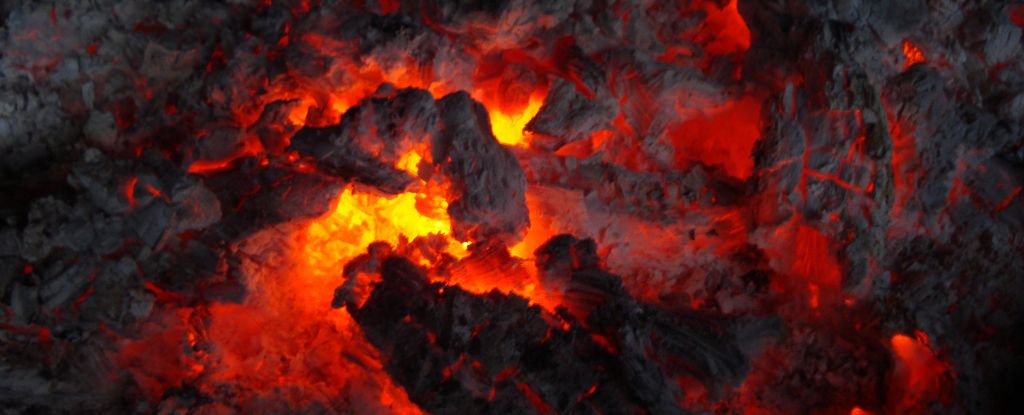Have you ever wondered what lies beneath Earth’s surface? What forces drive the movement of the tectonic plates? Scientists have recently made a remarkable discovery about the layer of partially molten rock that sits just beneath Earth’s cold outer skin, and it could help us better understand the mechanisms behind the churning flow deep under our feet. Read on to find out more about the asthenosphere and its role in the movement of tectonic plates!
The asthenosphere is a flexible band of hot material that is generally considered mostly solid, with some liquid material that weakens the overall structure. However, researchers from the University of Texas have identified distinct qualities in the flow and density of a thin section of the asthenosphere, resolving boundaries to zones within the layer that could extend around the world. This discovery adds vital details to the global structure of the uppermost layers of the mantle, allowing geologists to exclude any influence this particular soft zone of the upper mantle might have on the overall churn of the asthenosphere.
Using seismic images of the mantle, collected from stations around the world, the researchers created a global map of the asthenosphere. When seismic waves sent from these above-ground stations hit the top part of the asthenosphere, they slowed down considerably, and this suggests the top layer is more molten than other parts. Surprisingly, the map of the asthenosphere does not really align with the movement of tectonic plates above, suggesting that the melt fraction is not a major factor in the material’s viscosity.
Curiously, there appear to be several bands of molten material spread throughout the asthenosphere and not just at the top, where hot magma tends to pool. At the bottom of the asthenosphere, for instance, there is usually a band of melted material, possibly as a result of dehydration melting, which can occur when rock is undersaturated with water. A middle layer about 260 kilometers deep, on the other hand, is not as widespread but appears sporadically and could be the result of carbon-assisted mantle melting.
Scientists have long suspected that Earth’s tectonic plates move based on the currents of molten rock that lie deep beneath the surface, but the exact dynamics of rising and sinking gas, liquid, or rock are unclear. Based on the current results, researchers from UT suspect that gradual variations in temperature and pressure in the asthenosphere are what drive the deep flow of semi-molten rock. The overall viscosity of this region is not nearly as big of a factor when it comes to moving the tectonic plates above.
This groundbreaking research has given us a better understanding of the asthenosphere and its role in the movement of tectonic plates. While there is still much to be discovered, this research is a crucial step in understanding the inner workings of our planet.
Source: www.sciencealert.com
